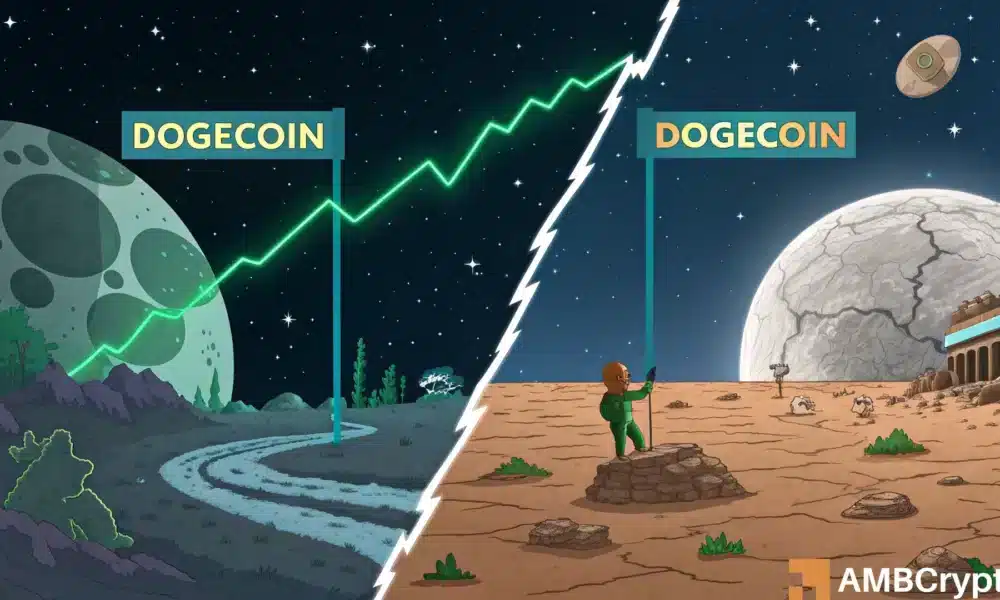
Dogecoin’s Rollercoaster: A Look at Futures Market Sentiment and Price Action
The cryptocurrency market is notorious for its volatility, and Dogecoin, despite its meme-origin beginnings, is no exception. Recently, a fascinating divergence has emerged between the sentiment expressed by futures traders and the broader market’s actual price action. This disconnect offers a valuable lesson in understanding the complex interplay of speculation, market sentiment, and fundamental value (or lack thereof) in the crypto world.
Data from major exchanges shows a staggering level of long positions in Dogecoin futures contracts. A significant percentage of traders are betting on DOGE’s price to rise, indicating a strong short-term bullish conviction. This surge in long positions suggests a considerable degree of confidence—or perhaps, overconfidence—in the coin’s potential for near-term gains. Such a high concentration of long positions, however, inherently carries significant risk. A sudden shift in market sentiment could trigger a wave of liquidations, potentially leading to a sharp price correction.
It’s crucial to note the absence of a consistent correlation between periods of increased trading activity (often indicated by spikes in Daily Active Addresses, or DAA) and substantial price increases. This lack of correlation strongly hints at the dominant role of speculation in driving DOGE’s price movements. While increased DAA might suggest growing interest and adoption, it doesn’t automatically translate into higher prices. In the case of Dogecoin, much of the observed price fluctuations appear to be driven by speculative trading rather than underlying fundamental factors like network growth or technological advancements. This speculative nature makes Dogecoin a particularly risky asset, prone to sharp upswings and equally sharp downturns fueled by sentiment rather than tangible improvements.
Therefore, the high percentage of long positions in the futures market should be interpreted cautiously. While it reflects strong bullish sentiment amongst a specific subset of traders, it doesn’t necessarily predict future price movements. The lack of a strong relationship between DAA and price further underscores the speculative nature of the market. Relying solely on futures market sentiment as an indicator of Dogecoin’s future performance could be misleading, as it ignores the significant influence of speculative forces.
Investors and traders should approach Dogecoin with a healthy dose of skepticism and risk management. While the current futures market sentiment suggests bullishness, the absence of a solid fundamental basis for this optimism raises concerns. The high concentration of long positions represents a significant risk, particularly if the market sentiment shifts unexpectedly. Diversification of portfolios, careful risk assessment, and an understanding of the speculative nature of Dogecoin are essential for anyone considering investment or trading in this volatile asset. Remember, past performance is not indicative of future results, and the speculative environment of the cryptocurrency market can change rapidly and unpredictably. It’s vital to stay informed and always conduct thorough research before making any investment decisions.



Leave a Reply